Icon Madonna with Child and client
Tempera on table, cm 52 x 40
The icon, from the Greek eikon, image, presents the narrative of some episodes of the life of the Virgin and Jesus, constituting a treatise on theology in color.
The peculiarity of icons is already evident from the preparation of the medium on which they are painted. The wooden board itself is a symbol of the cross, while the canvas is a symbol of the mandylion, or the veil of Veronica, or the Shroud; the chalk that is laid on the canvas, the levkas is a symbol of the stone. The icons were painted on wooden boards, usually of lime, larch or fir. On the inside of the tablet was generally made an excavation, called "casket" or "ark", in order to leave a relief frame on the edges. The icon is not a personal interpretation but a rite with precise canons to be respected; unlike paintings, of which we often know the name of the author, the icon must remain anonymous. Theology considered the icons works of God himself, made through the hands of the iconographer.
In the icon under examination we find a recurring depiction of the Madonna with the Child, in this case enriched by the figure of the client/ donor who is indicated by the hand of Christ.




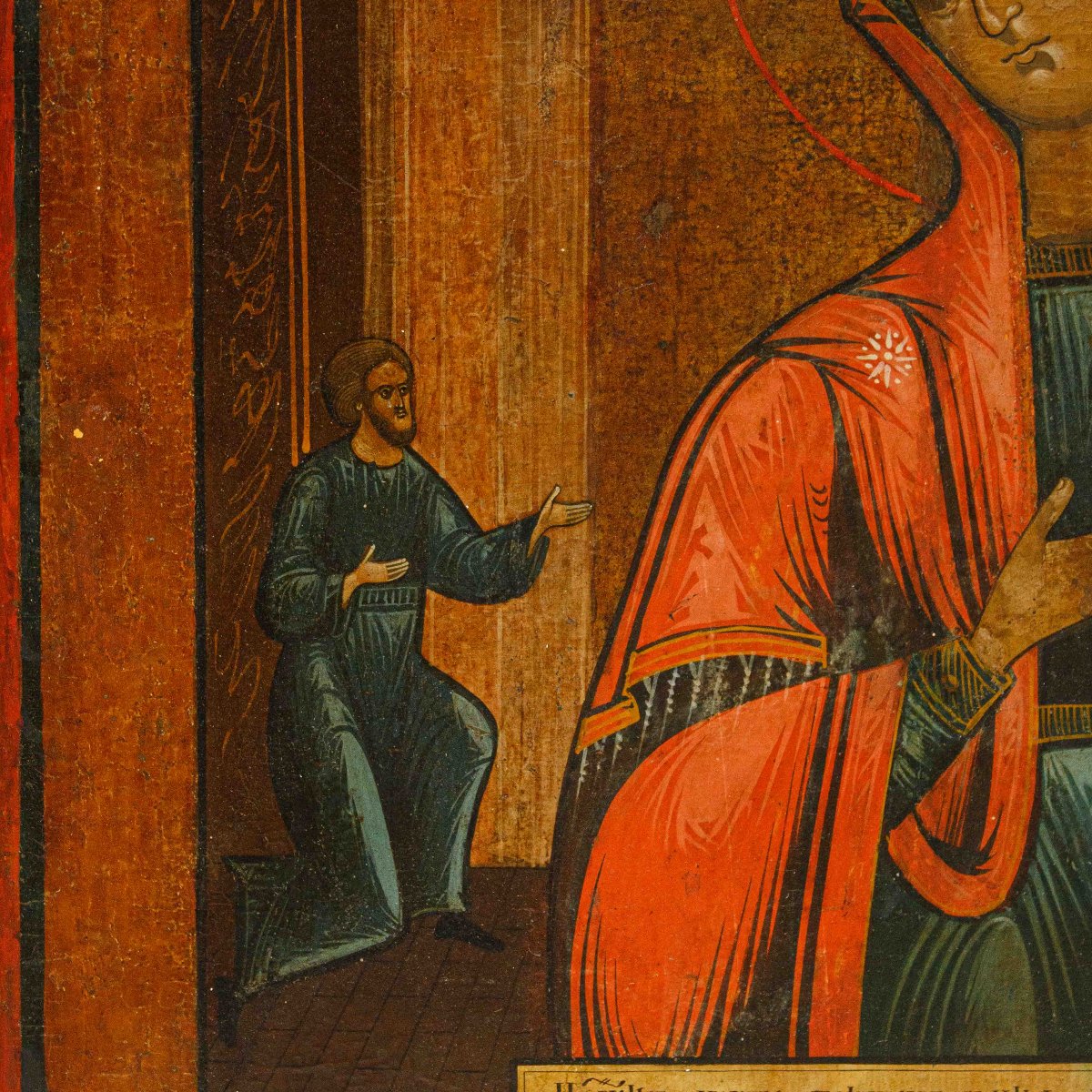



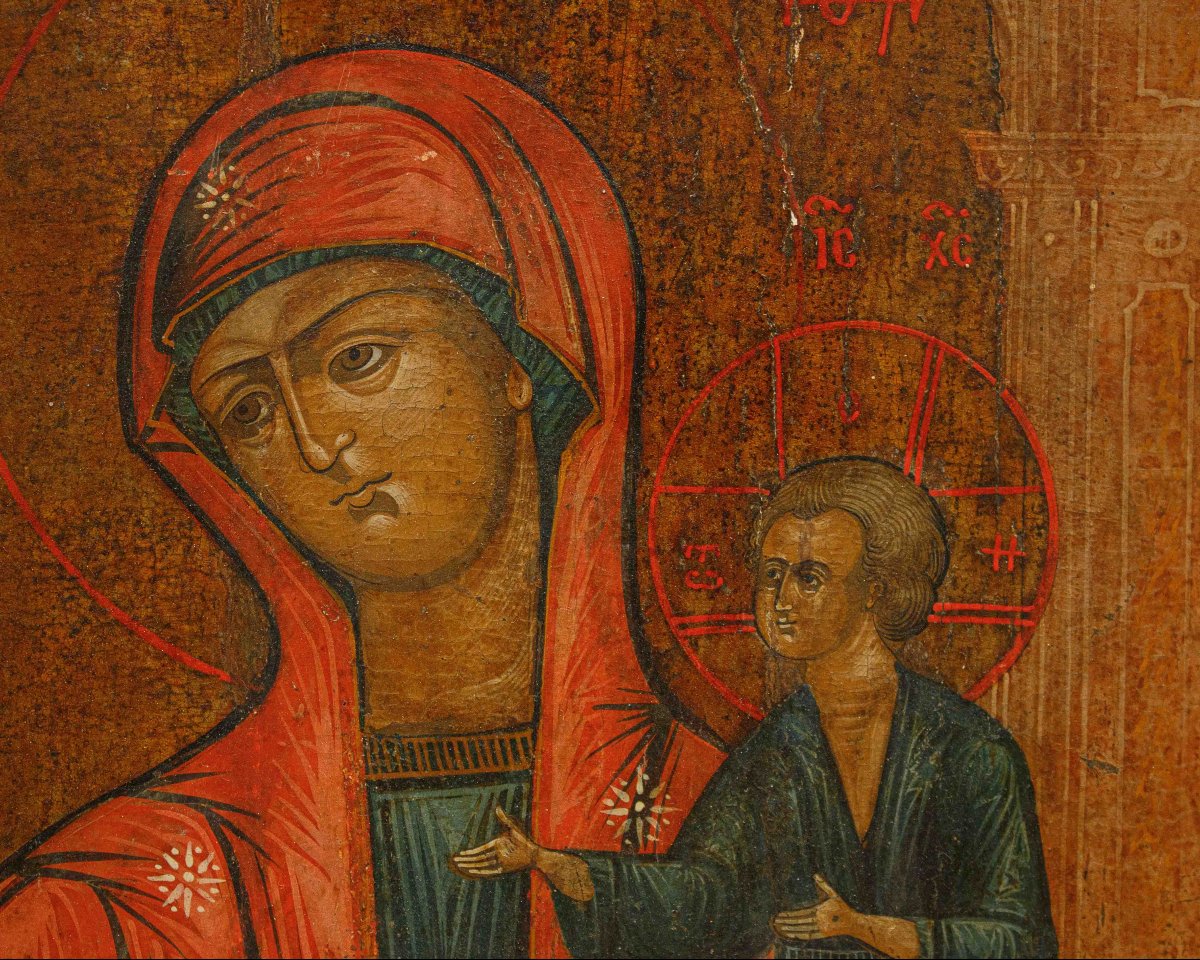

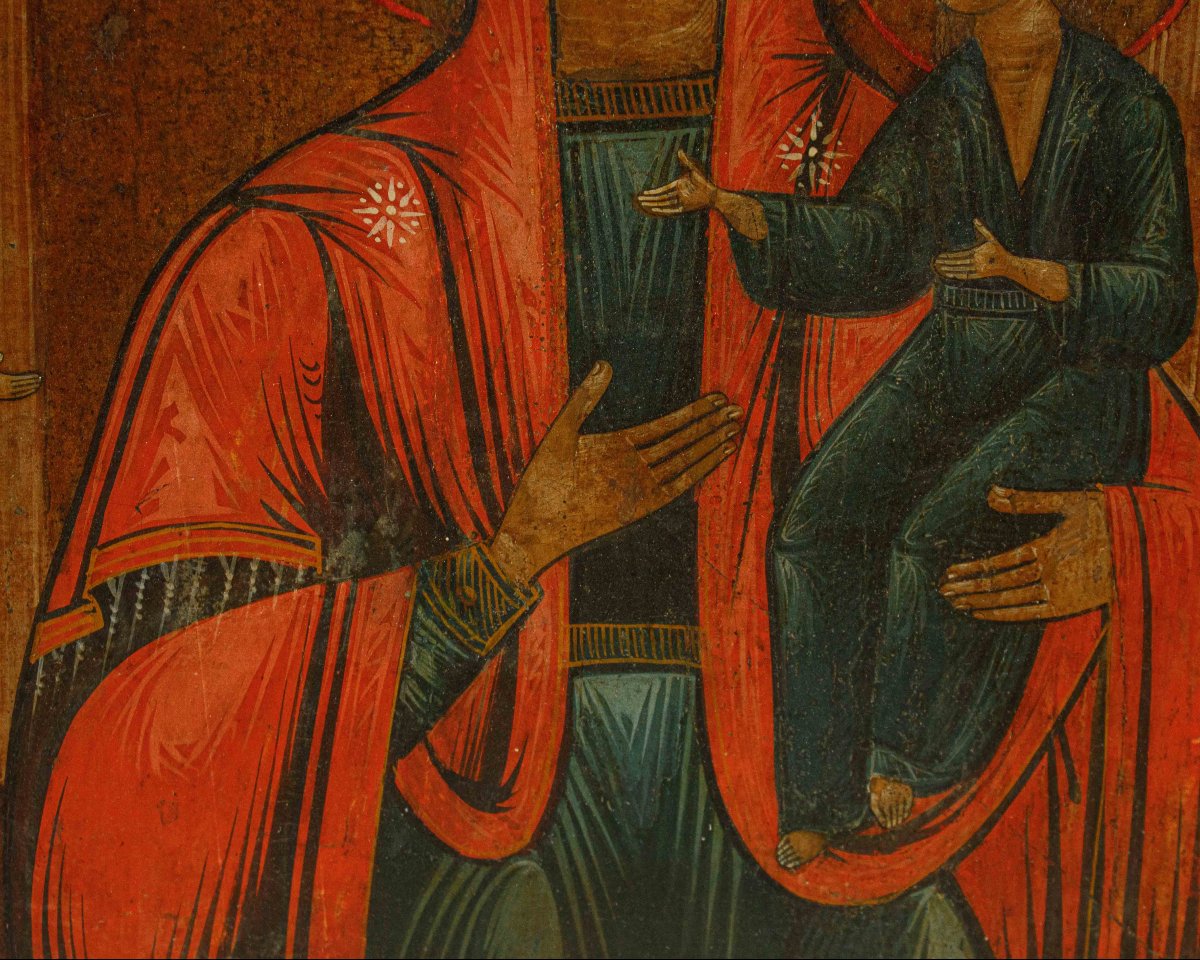











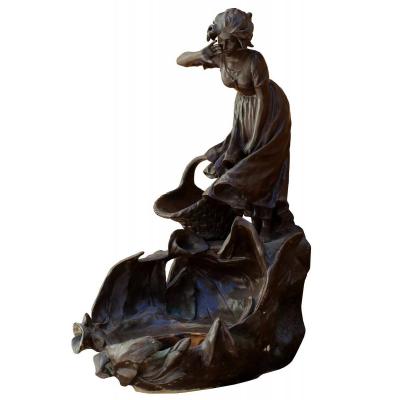



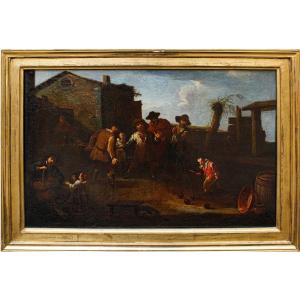






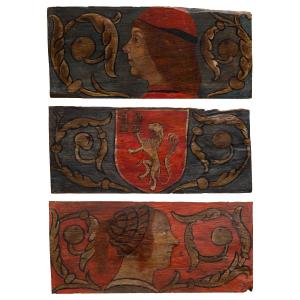





 Le Magazine de PROANTIC
Le Magazine de PROANTIC TRÉSORS Magazine
TRÉSORS Magazine Rivista Artiquariato
Rivista Artiquariato